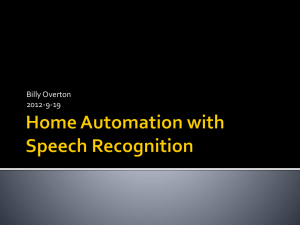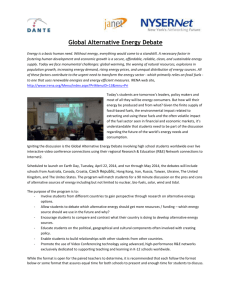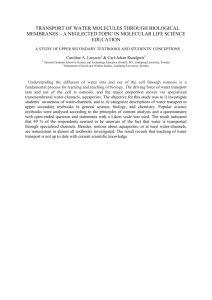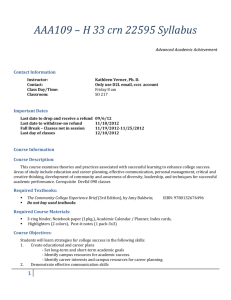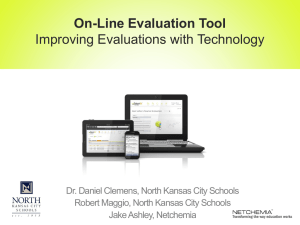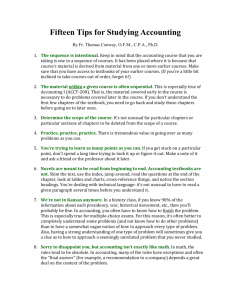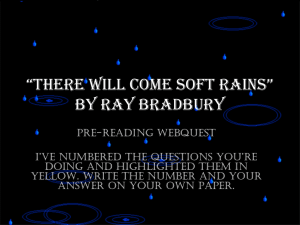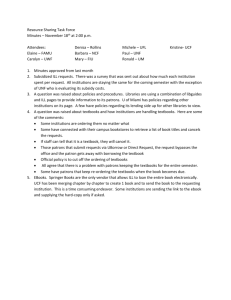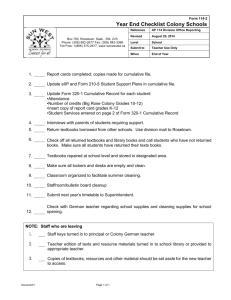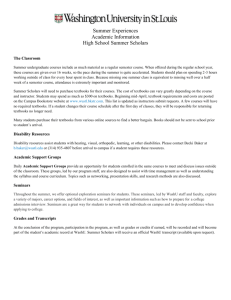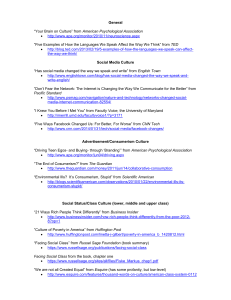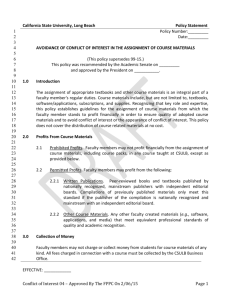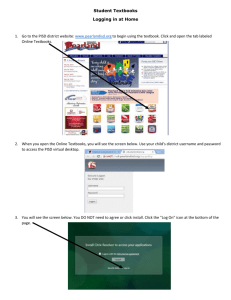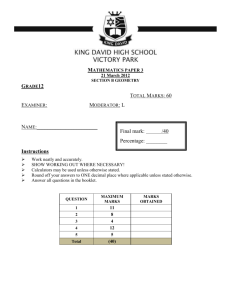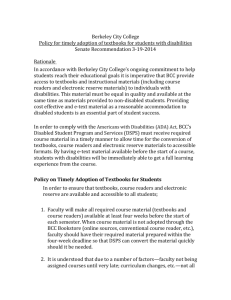TED 356 Module 3
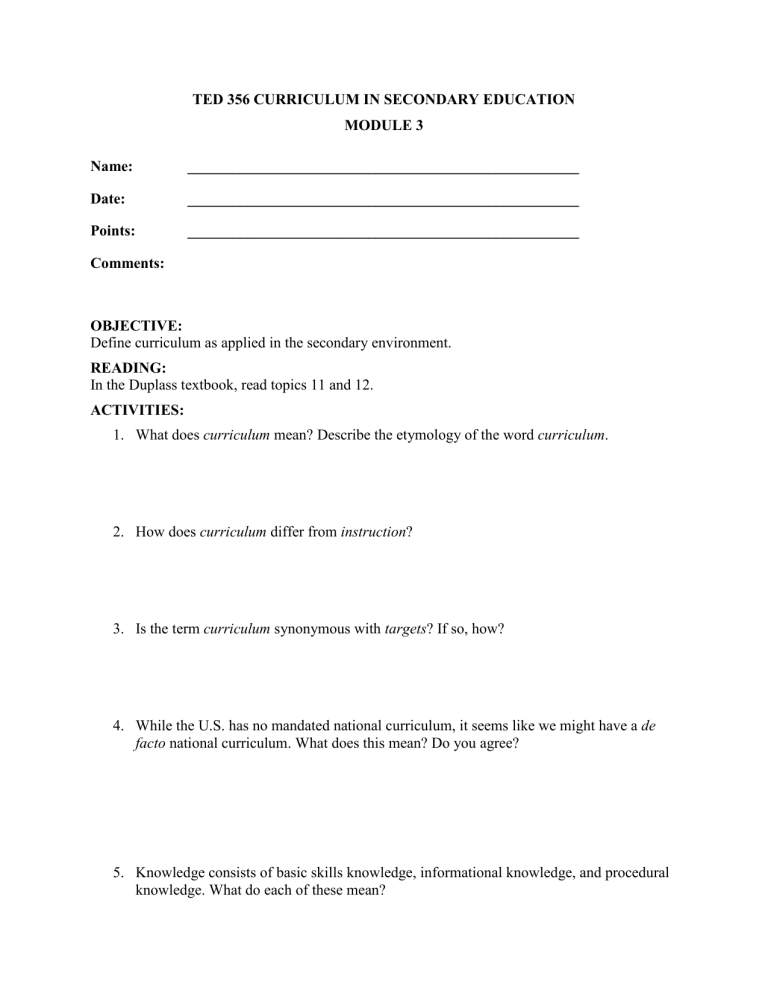
TED 356 CURRICULUM IN SECONDARY EDUCATION
MODULE 3
Name:
Date:
____________________________________________________
____________________________________________________
Points:
Comments:
____________________________________________________
OBJECTIVE:
Define curriculum as applied in the secondary environment.
READING:
In the Duplass textbook, read topics 11 and 12.
ACTIVITIES:
1.
What does curriculum mean? Describe the etymology of the word curriculum .
2.
How does curriculum differ from instruction ?
3.
Is the term curriculum synonymous with targets ? If so, how?
4.
While the U.S. has no mandated national curriculum, it seems like we might have a de facto national curriculum. What does this mean? Do you agree?
5.
Knowledge consists of basic skills knowledge, informational knowledge, and procedural knowledge. What do each of these mean?
a.
basic skills knowledge: b.
informational knowledge: c.
procedural knowledge:
6.
As students acquire knowledge, they formulate ideas and beliefs . What do these mean? a.
ideas: b.
beliefs:
7.
What is meant by an academic disposition ?
8.
What are setting demands of teachers? Should a teacher teach students how to meet these demands?
9.
What is the Carnegie Unit ?
10.
What is your philosophy of using textbooks in the classroom. Explain your answer.
TED 356 CURRICULUM IN SECONDARY EDUCATION
MODULE 3 INDEPENDENT PROJECT
Name:
Date:
____________________________________________________
____________________________________________________
Points:
Comments:
____________________________________________________
DIRECTIONS:
On EBSCO Host or ERIC, find and read at least one article (or chapter section of a book) on the pros and cons of textbooks in secondary education (ideally in your area of specialization).
Determine whether textbooks serve as de facto curriculum (i.e., the default position when schools have no curriculum of their own) and explain. If so, what are the effects?
Read and summarize the article(s). For your project, in two separate columns (see below), list the pros and cons of using textbooks in high school.
Advantages Disadvantages
OPTIONS:
Instead of building a table, you might create an essay OR a PowerPoint presentation that explains the pros and cons.
TED 356 CURRICULUM IN SECONDARY EDUCATION
MODULE 3 CLASS ACTIVITY
Names: ____________________________________________________
____________________________________________________
____________________________________________________
Date:
Points:
Comments:
____________________________________________________
____________________________________________________
DIRECTIONS:
Teachers have demands. For example, some teachers require students to take notes while they lecture. These are called setting demands . Answer the following:
1) Interview a current (or a past) cooperating teacher in fields to determine his/her setting demands. Create a list.
2) In your own experience, did your high school teachers teach you to meet their setting demands?
3) Create a list of your setting demands and next to each, explain whether and what you will teach your students to do to meet your demands.




